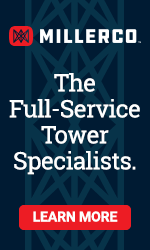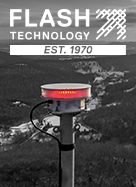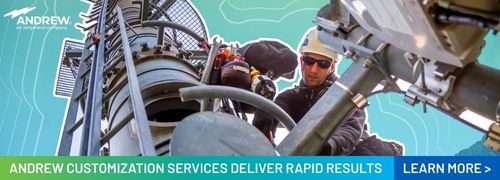
Communication structure owners are well-acquainted with a common scenario: a contractor calls and reports, “We’re on-site, but there’s a nest on the tower. What do we do?”
Since the 1970s, the population of raptors (birds of prey) has rebounded significantly, thanks to banning harmful substances like DDT, reductions in pollution, and efforts to address habitat loss, lead poisoning, and illegal hunting. While this recovery is a conservation success, it has increased reports of nests on telecommunications towers.
Nesting adult birds can pose safety risks for tower technicians, so education and training are essential to ensure their safety. Simultaneously, the industry must comply with laws protecting native bird species and their nests, including prohibitions against actions that harm or disturb the birds, their eggs, or their chicks.
To address these challenges, the Telecommunications Industry Foundation (TIF) and the Wireless Infrastructure Association (WIA) have published a white paper titled Bird Nests on Towers: Reaching Coexistence. This resource aims to dispel myths, foster mutual respect between natural resources and tower professionals, and promote clear communication without unnecessary regulatory burdens.
Key Objectives of the White Paper
The white paper focuses on:
- Identifying how tower work can proceed safely in the presence of bird nests.
- Providing foundational knowledge of terms and relevant background information.
- Highlighting common issues with bird nesting on towers and offering best practices.
- Introducing resources for resolving more complex nesting scenarios.
Beyond serving as a practical guide, the paper represents a collaborative effort involving key stakeholders in the telecommunications and conservation fields.
“I’m very excited about the communication that this paper should encourage. The U.S. Fish and Wildlife Service (USFWS) contractors, engineers, carriers, and structure owners all have roles. Through communication, we can install, maintain, and support telecommunications infrastructure in a manner that minimizes the impact on the avian population,” said Scott Kisting, TIF Board Member.
“Birds and towers can coexist in harmony if certain guidelines are adopted by the tower owners and maintenance contractors. A nest on a tower does not have to be a critical roadblock if handled properly,” explained Richard Hickey, Director – Regulatory Compliance at Vertical Bridge REIT.
Karmen Rajamani, Vice President of Government Affairs at WIA and TIF Board Member, emphasized, “There are many regulations that companies face when deploying and maintaining our nation’s wireless infrastructure, including how to handle issues with wildlife. WIA is pleased to support TIF’s efforts to ensure that those who are doing the work of building, developing, and operating the nation’s wireless infrastructure have access to knowledge and resources to help with their mission.”
“We would like to thank Joelle Gerring from the Fish & Wildlife Service for her helpful review and insights. We look forward to the agency continuing to develop content on this topic and support the education of all responsible parties,” said Michelle Kang, P.E., TIF Chair.
TIF invites white paper readers to share their feedback and suggestions [here].
Editor’s Note: For over 20 years, Wireless Estimator has gone beyond surface-level press releases and generic media reports. To stay informed with exclusive news bulletins, industry updates, and in-depth investigative articles you won’t find anywhere else, subscribe on our home page today.















